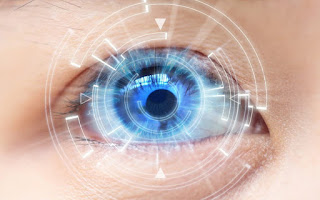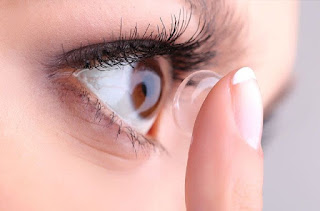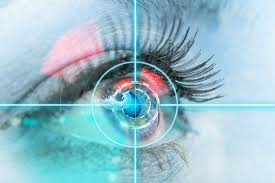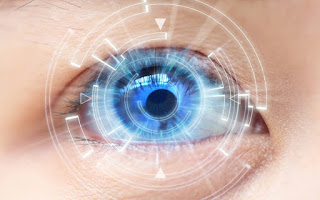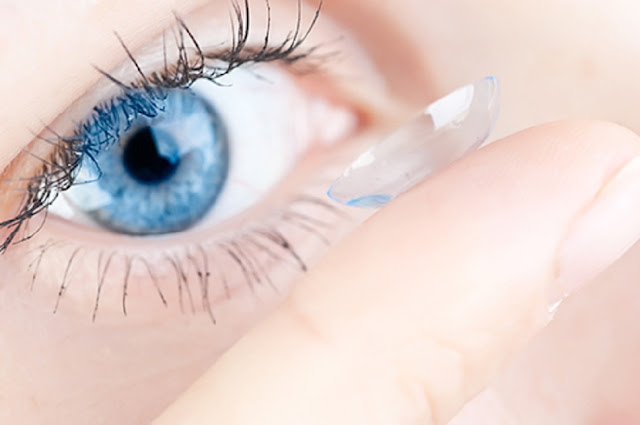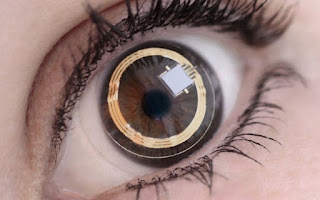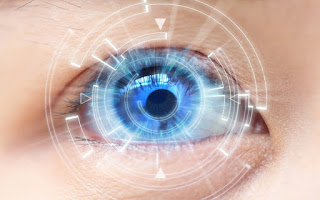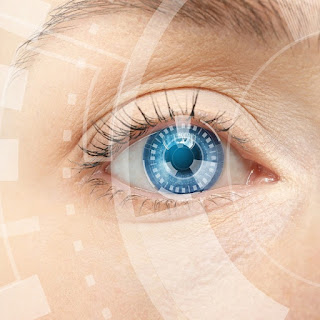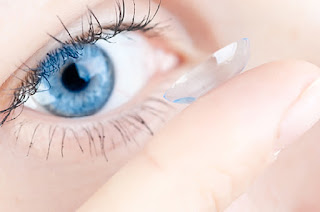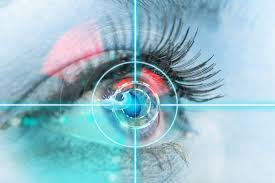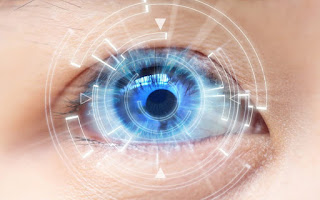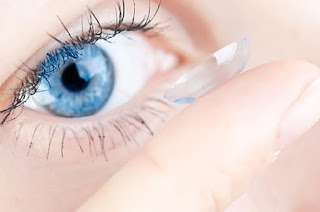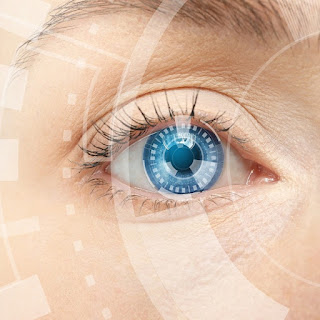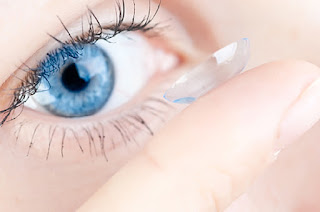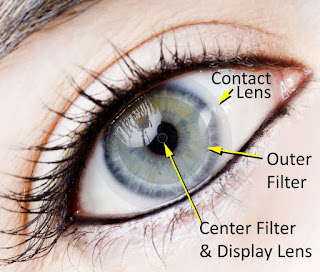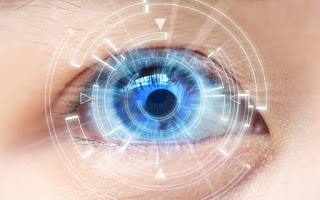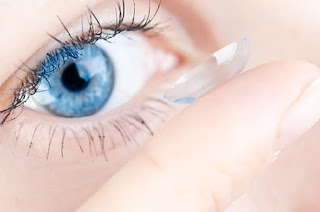VR contact lens
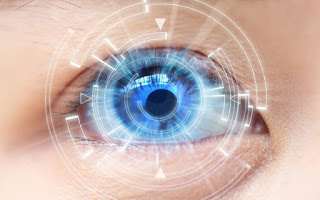
The virtual reality (VR) contact lens creates a different surrounding from a person's actual environment. Virtual reality lenses are designed by the process of digital visual elements, sound, or other sensory stimuli. A handful of companies are currently working on specific ways to use augmented and virtual reality to help visually impaired and visually impaired people see. On the other hand, RaayonNova / Smart Contact Lens is developing a unique, futuristic and revolutionary smart contact lens (SCL) system compatible with augmented reality (AR) and virtual reality (VR) with integrated display. Also, the underlying patented technology solved several problems with the eye display and makes use of peripheral and focused vision. Learn more about the latest VR contact lens technology. https://www.ar-smart-lens.com/ https://www.fierceelectronics.com/electronics/smart-contact-lens-lets-user-act-by-moving-eye
